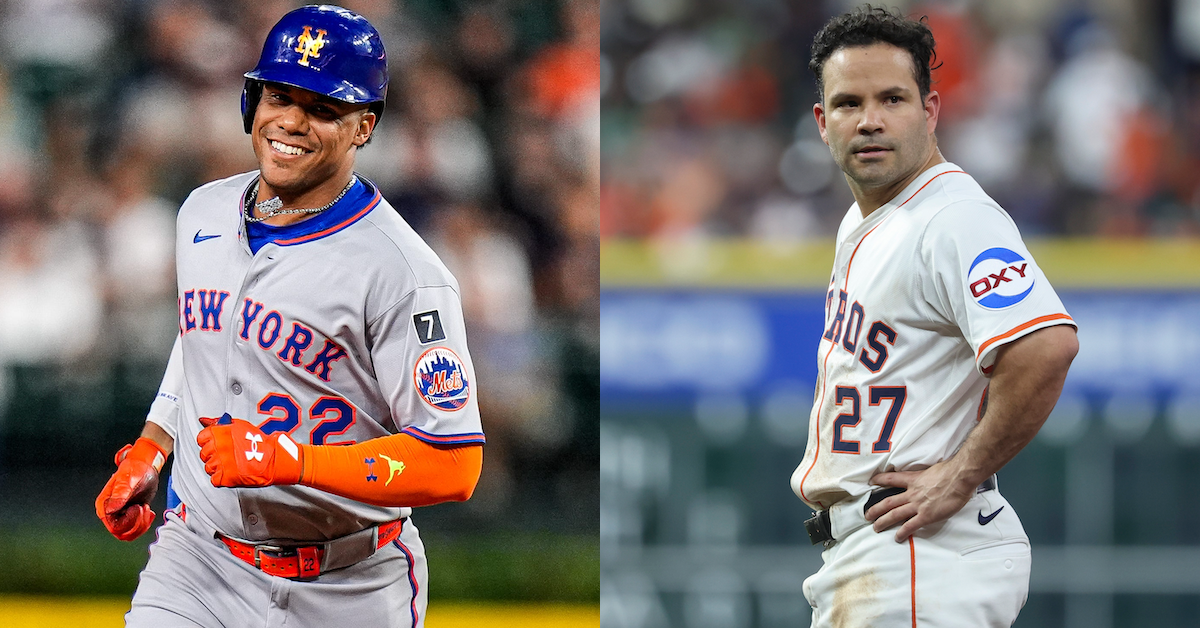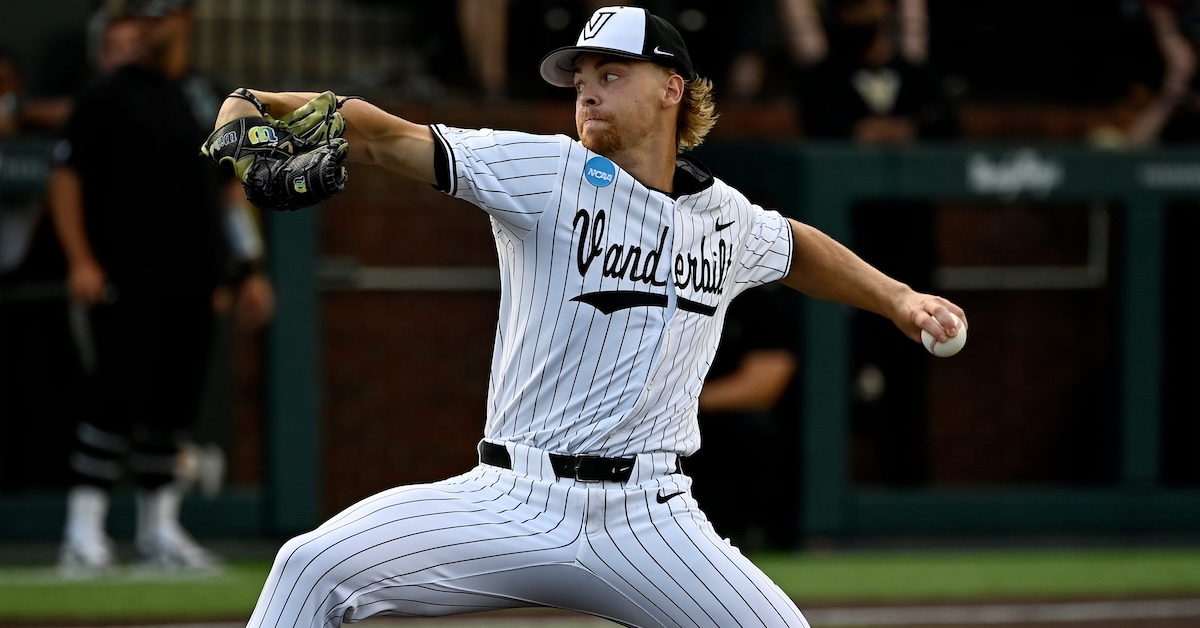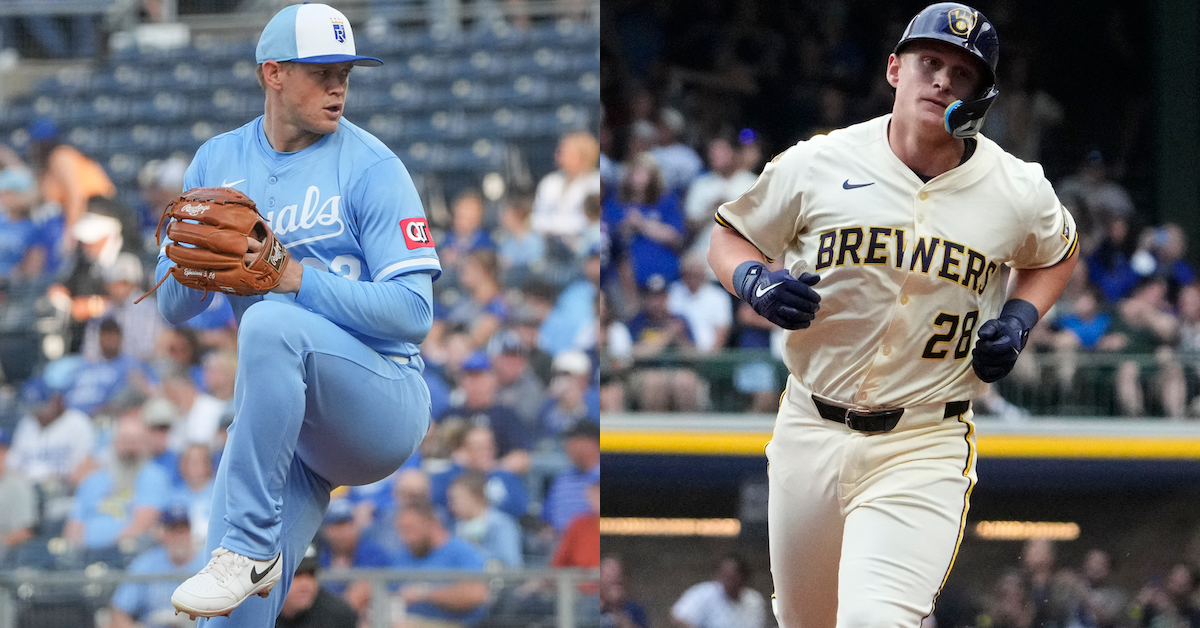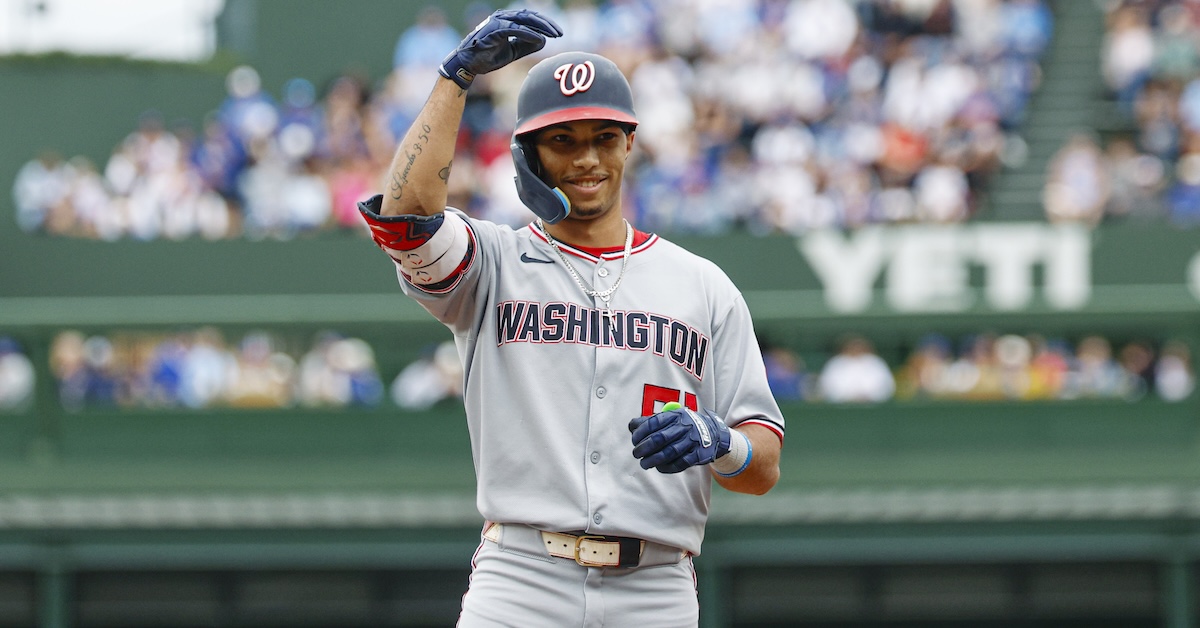Effectively Wild Episode 2380: Clinching Chaos

Ben Lindbergh and Meg Rowley banter about the Mariners clinching the AL West, the benefits and drawbacks of MVP debates, the power of great players to enhance a season for spectators, the Cardinals’ and Giants’ reciprocal eliminations, the near-extinction of the 200-inning pitcher, the Nationals’ new head of baseball ops, and how predictive a track record of adept drafting is. Then (53:15) they answer listener emails about whether a player could/should ever challenge a ball/strike call that went their way, whether increased pitcher injuries have contributed to the lack of great teams, sticky-stuff inspections on broadcasts, how many pitches it takes to evaluate a pitcher, whether/why baseball managers incur fans’ wrath more than other sports’ coaches, whether teams are turning fewer double plays than they used to, and Trey Yesavage’s many 2025 teammates, plus (1:40:47) a postscript.
Audio intro: El Warren, “Effectively Wild Theme”
Audio outro: Beatwriter, “Effectively Wild Theme”
Link to 2015 MLB promo
Link to Ben on Judge vs. Ohtani
Link to Giants elimination story
Link to Cardinals elimination story
Link to pitcher IP leaderboard
Link to preseason pitcher IP projections
Link to Passan on Toboni
Link to MLBTR on Toboni
Link to WaPo on the Nats
Link to Ben on pitcher injury rates
Link to Ben on pitcher workloads
Link to Rodón quote
Link to MLB GIDP%
Link to Jays tweet
Link to quote-tweet
Link to Kenny Jackelen
Link to 2025 teammate leaders
Link to single-season teammate leaders
Link to listener emails database
Link to BP on Blalock
Link to Blalock leaderboard
Link to highest ML ERA (min. 55 IP)
Link to highest ML ERA (min. 100 IP)
Link to FG wOBA values
Link to BP location research
Link to FG playoff odds
Link to Darowski update
![]() Sponsor Us on Patreon
Sponsor Us on Patreon
![]() Give a Gift Subscription
Give a Gift Subscription
![]() Email Us: podcast@fangraphs.com
Email Us: podcast@fangraphs.com
![]() Effectively Wild Subreddit
Effectively Wild Subreddit
![]() Effectively Wild Wiki
Effectively Wild Wiki
![]() Apple Podcasts Feed
Apple Podcasts Feed
![]() Spotify Feed
Spotify Feed
![]() YouTube Playlist
YouTube Playlist
![]() Facebook Group
Facebook Group
![]() Bluesky Account
Bluesky Account
![]() Twitter Account
Twitter Account
![]() Get Our Merch!
Get Our Merch!
Podcast (effectively-wild): Play in new window | Download
Subscribe: RSS







